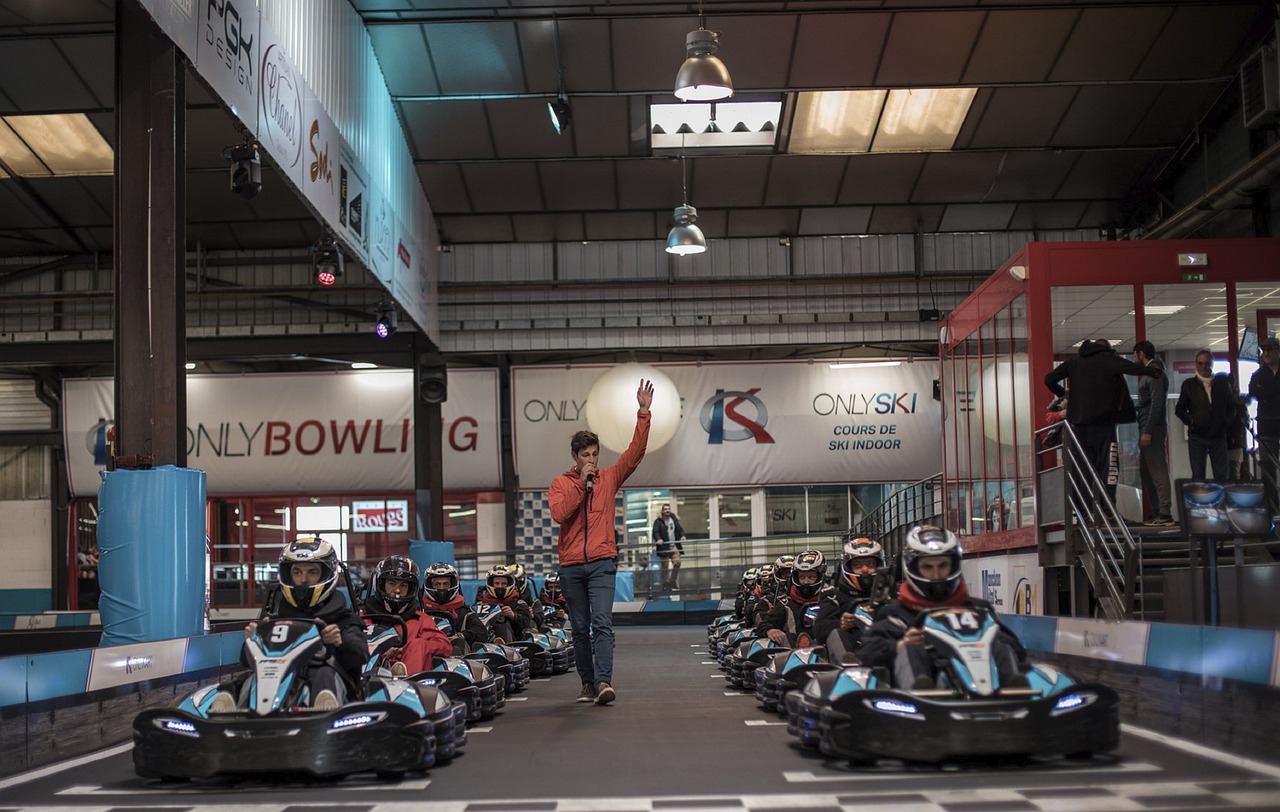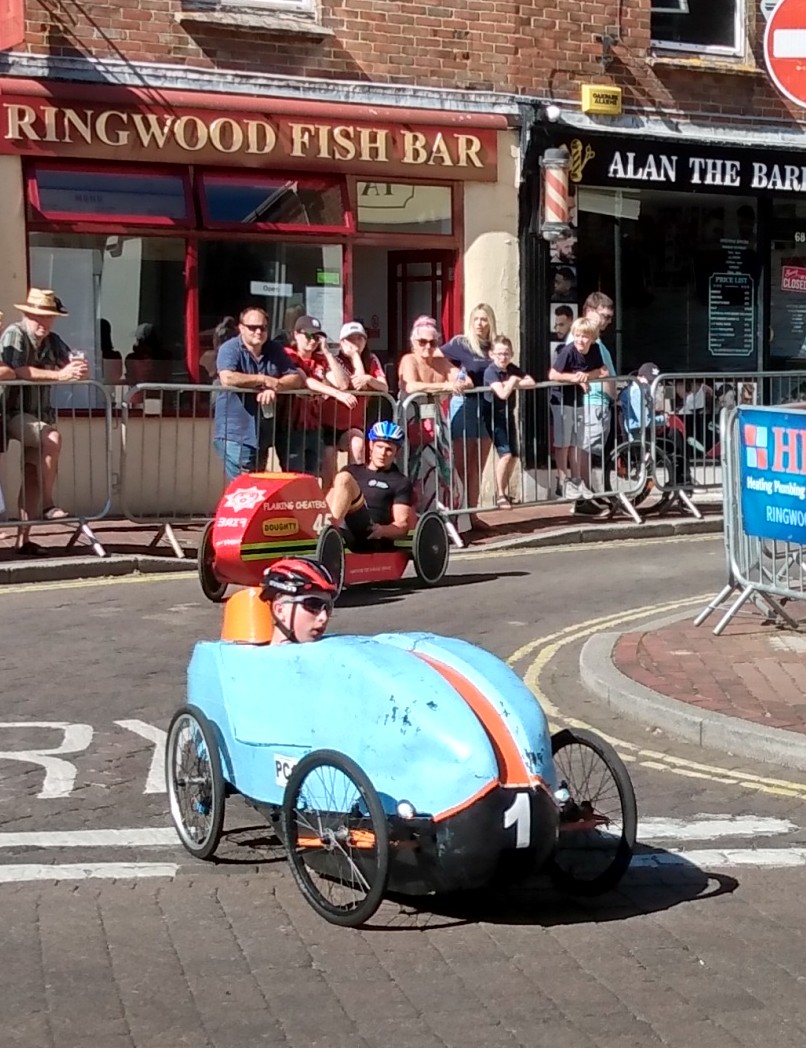Imagine, contorting your body as you hit a curve launching your sprint kart down the circuit. Pressing on the accelerator as you exercise dead-on hand-and-eye coordination determining the smartest way to turn the drift in the 31st minute of an hour-long enduro race. Alternatively, as a spectator – routing for the likes of Fernando Alonso or Lewis Hamilton, in their karting days, as they race neck-and-neck on the last lap. Here you are breathing and witnessing (even smelling the distinctive aroma of clay dirt on the dirt track) the atmosphere that comes with go-kart racing. With some extreme sports, you may ask ‘Are they worth the risk?‘ but this is safer than many. So try Go Karting – Bring out your inner Lewis Hamilton.

Developed in the 1950s by pilots with a zest for tinkering with motorcycle engines to propel simple frames, go-karting extended internationally after the construction of the first go-kart by Art Ingels in Pasadena. Before dwelling on its mass European appeal and discussing the pinnacle of Formula 1 racing, let’s backtrack for a second. Riding go-karts (or karting) is the best way to break into professional racing. It is the simplest means of exploding your chassis down the track before getting into the sophisticated arena of professional racing. Single-cylinder engines, basic chassis models and a lack of speed-producing components provide go-kart racing with an air of simplicity, geared towards beginners and novices.
The concept of sprint karting comes to our mind when we think of the prototypical kart & track in amusement parks, recreational areas and arcade palaces. Impeccable karts with sleek designs and sturdy frames rip through on short tracks, usually made from asphalt or concrete – ranging from half a mile to a mile in length. Sprint karting is divided into classes (think boxing middleweights and welterweights) that distinguish engine types (two-and four-cycle), drivers (classified according to age and weight), brands of kart (Yamaha and Honda are popular choices) and specifications. No carbon-fibre-made frames and McLarens built with lightweight materials here! Sprint karting is a simplified, scaled-down form of professional go-kart racing with shorter tracks, downgraded technology, less experienced drivers and downgraded components across the board.

Other forms of karting include enduro racing. Endurance racing, or “enduro” for short is a prolonged version of sprint. Propelled by aerodynamical butterfly steering, enduro karts are an upgrade over sprint karts – participating in races lasting an hour or more. Dirt and oval tracks are the staples of endurance racing. For the longer race duration, special emphasis is paid to durable karts and pit stop maintenance than focusing on just speed. In runner’s terms, enduro is a marathon – not a sprint. If you sacrifice chassis and tyre maintenance for speed throughout the course of a race, reaching the finish line is out of the question.
Behind every successful sprint car are its well-performing components, specifically its frame, engine, and tyres. The dynamics of a go-kart are two-fold: to be built to withstand the rigours of racing and to serve as the backbone for speed. Usually made of steel, frames have the option of being flexible or stiff. Flexible frames mean easier manoeuvring along the track, especially when turning to maintain good “side bite” and control of the kart. As non-professional go-karts have no sophisticated traction and suspension system to withstand bumps, frames are usually subject to more punishment. Sprint kart tyres usually do not have indented grooves, as they are soft in nature and more suited to all-terrain.

Engines of 900BHP are the norm for souped-up Honda Formula One kart. Capable of reaching speeds of 200+ mph, they represent the all-out nature of karting technology. For the novices, a simple 2-cycle engine will do! Running on gasoline and electricity instead of petrol (typically mixed with other fuels to suit environmental conditions for Formula One,) sprint karts run on either 2-cycle or 4-cycle engines. The 4-cycle engines are the weakest engine around, with horsepower topping 20 HP. Think of the power needed to run a heavy-duty vacuum cleaner – that’s how much power a 4-cycle engine exerts. The 2-cycle engines are typically associated with the likes of Vespas (European motor scooters) and mopeds. These go up to 90 HP. Added cylinders (individual horsepower generators in go-karts) can boost horsepower, adding pure speed and power to your machine. Perhaps the thought of being propelled by a 10-cylinder F1 kart engine with its high-speed capabilities appeals to you most.
Want pinpoint control over the speed of your go-kart? No problem here! Go-karts have basic transmission systems with gears that control speed to its desired amount. Coming with clutches, shifter karts (a popular type of sprint kart that allows you to move at certain speeds) make the best use of engine power when zipping along a straight path or manoeuvring over a short or wide curve. Depending on the number of cylinders and engine type, shifter enthusiasts can lay opponents in their dust, blazing trails up to 90 mph. Shifters usually run on larger road courses known as road racing. It is flush in structure, with qualification criteria, like the class of the kart, the weight of the driver, etc. Honda, Kawasaki and Yamaha are popular suppliers of engines. These companies are at the forefront of karting technology, regularly tinkering with what’s already available or creating new concepts of their own.

Sprint karting opportunities are available to everyone. If you want to enjoy it as a form of recreation instead of competition, visit your local track and rent a kart. Make sure to sign any insurance waivers and become acquainted with the rules and regulations. If you like to compete, enquire within. There are karting schools that will let you ride their karts for a nominal fee. In essence, karting is more than a pastime. It is a bonafide sport capable of preparing you for more advanced karting by helping you shape your judgment, hand-eye coordination abilities and technological/dynamical know-how of the instruments you’re using.




2 thoughts on “Go Karting – Bring Out Your Inner Lewis Hamilton”